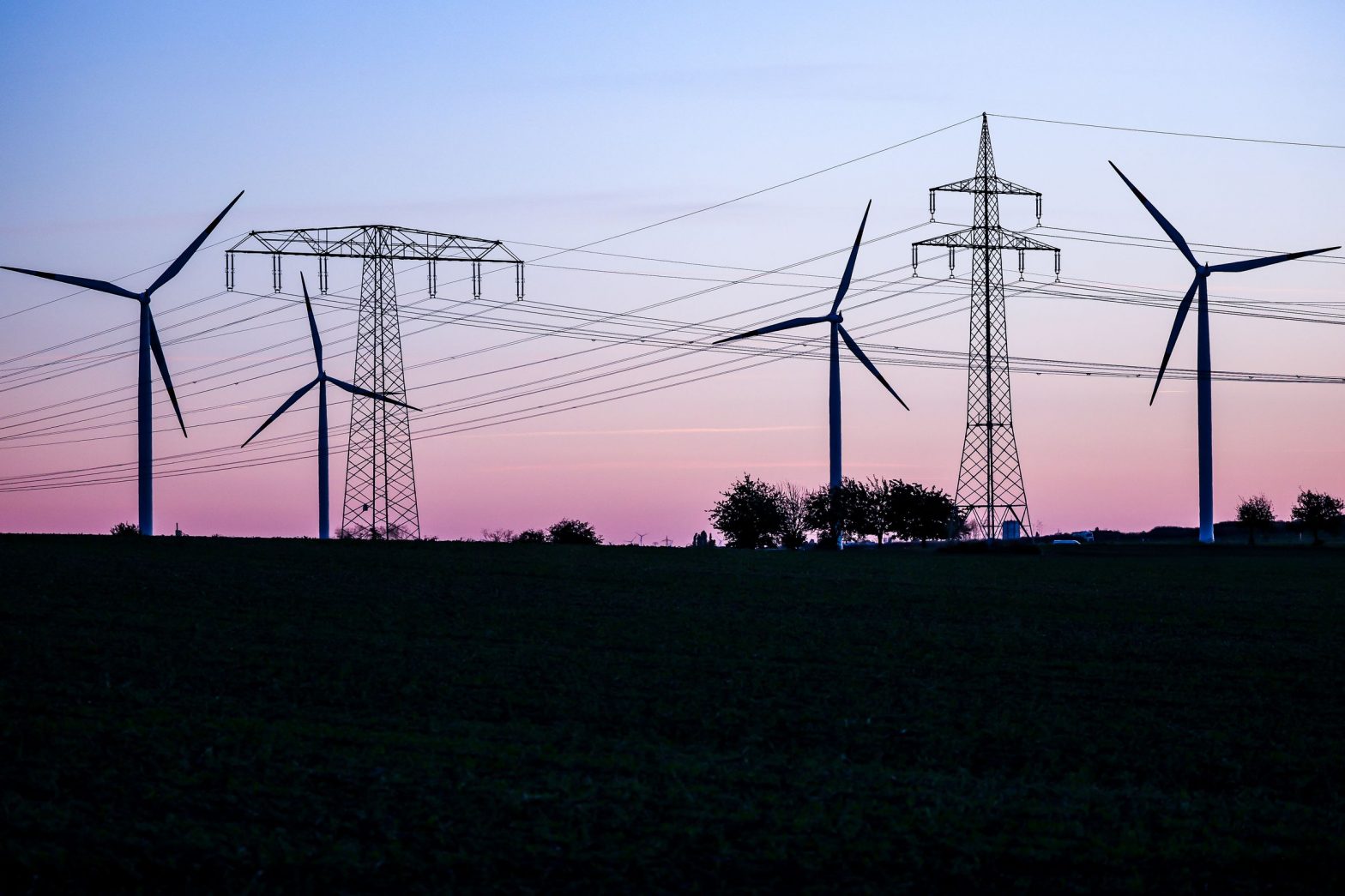/
A new report shows a record drop in greenhouse gas emissions and power generation from fossil fuels.
Share this story
:format(webp)/cdn.vox-cdn.com/uploads/chorus_asset/file/25270371/1243735662.jpg)
The European Union saw a record drop in pollution from fossil fuel power plants last year, according to a new report. Ember, an energy think tank that crunched the numbers, calls it “an unprecedented collapse in coal and gas electricity generation.” Renewable energy is finally starting to take over the power grid.
Fossil fuels dropped to their lowest point since reliable record-keeping started in 1990, making up less than a third of EU’s electricity generation in 2023. Carbon-pollution-free power generation — which includes renewables and nuclear energy — made up more than two-thirds of the electricity mix, and twice as much as fossil fuels.
“What’s encouraging is it’s just continuing that structural decline in fossil fuels,” says Sarah Brown, Ember’s Europe program director. And while records started in 1990, she says, “We think it’s the lowest point ever, because before that fossil fuels were making up the majority and there wasn’t anything else to replace it.”
Coal saw the steepest fall in 2023, generating 26 percent less electricity than the year before. Gas power plants produced 15 percent less electricity last year, the sharpest annual reduction in at least a few decades. All in all, that meant a hefty 19 percent reduction in both fossil fuel generation and planet-heating carbon dioxide emissions. It’s an even bigger drop in power sector pollution than the bloc experienced in 2020 when the covid-19 pandemic shut down business and travel.
:format(webp)/cdn.vox-cdn.com/uploads/chorus_asset/file/25268214/Screenshot_2024_02_05_at_12.45.09_PM.png)
Coal generation was already starting to decline in the EU until the Russian invasion of Ukraine led to a comeback for coal as countries moved to wean themselves off Russian gas. Now, it looks like the resurgence was a short-lived trend. Coal generation is half of what it was in 2016 and is on track to be phased out completely, Brown says.
Renewables now make up 44 percent of the electricity mix in the EU, the highest share to date. Wind energy in particular soared in 2023, which generated 18 percent of electricity — or the equivalent of France’s entire power demand — and surpassed gas for the first time. Solar grew to 9 percent of the mix, while hydropower generation recovered from 2022 dry spells.
:format(webp)/cdn.vox-cdn.com/uploads/chorus_asset/file/25268217/Screenshot_2024_02_05_at_12.41.17_PM.png)
An often unsung hero in this story is energy efficiency. Electricity demand actually fell by 3.4 percent in 2023, thanks in part to efficiency gains. Moving forward, electrifying cars and homes is forecast to push demand back up again. That just makes it all the more important to prioritize energy efficiency and bring more solar and wind farms online.
There’s still a lot of progress to be made. Wind generation grew by 13 percent in 2023, but it needs to keep rising by 15 percent every year this decade to meet EU clean energy goals, the report says.
The EU has committed to reaching net-zero carbon dioxide emissions by 2050 and on February 6th, the European Commission recommended slashing that pollution by 90 percent by 2040 compared to 1990 levels.
